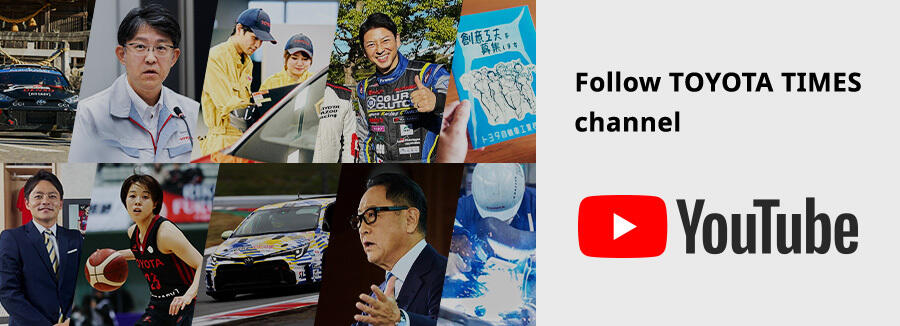
Toyota chose to hold the second round of labor-management discussions at the group and company levels. What was the aim and rationale behind this unusual proposal? Before the sessions took place, we interviewed President Koji Sato and General Administration & Human Resources Group Chief Officer Takanori Azuma.

“I would like to propose that the second round of labor-management discussions be held at the group level.”
This unusual suggestion was made by President Koji Sato during his final comments at Toyota’s first round of labor-management talks for the year, on February 19.
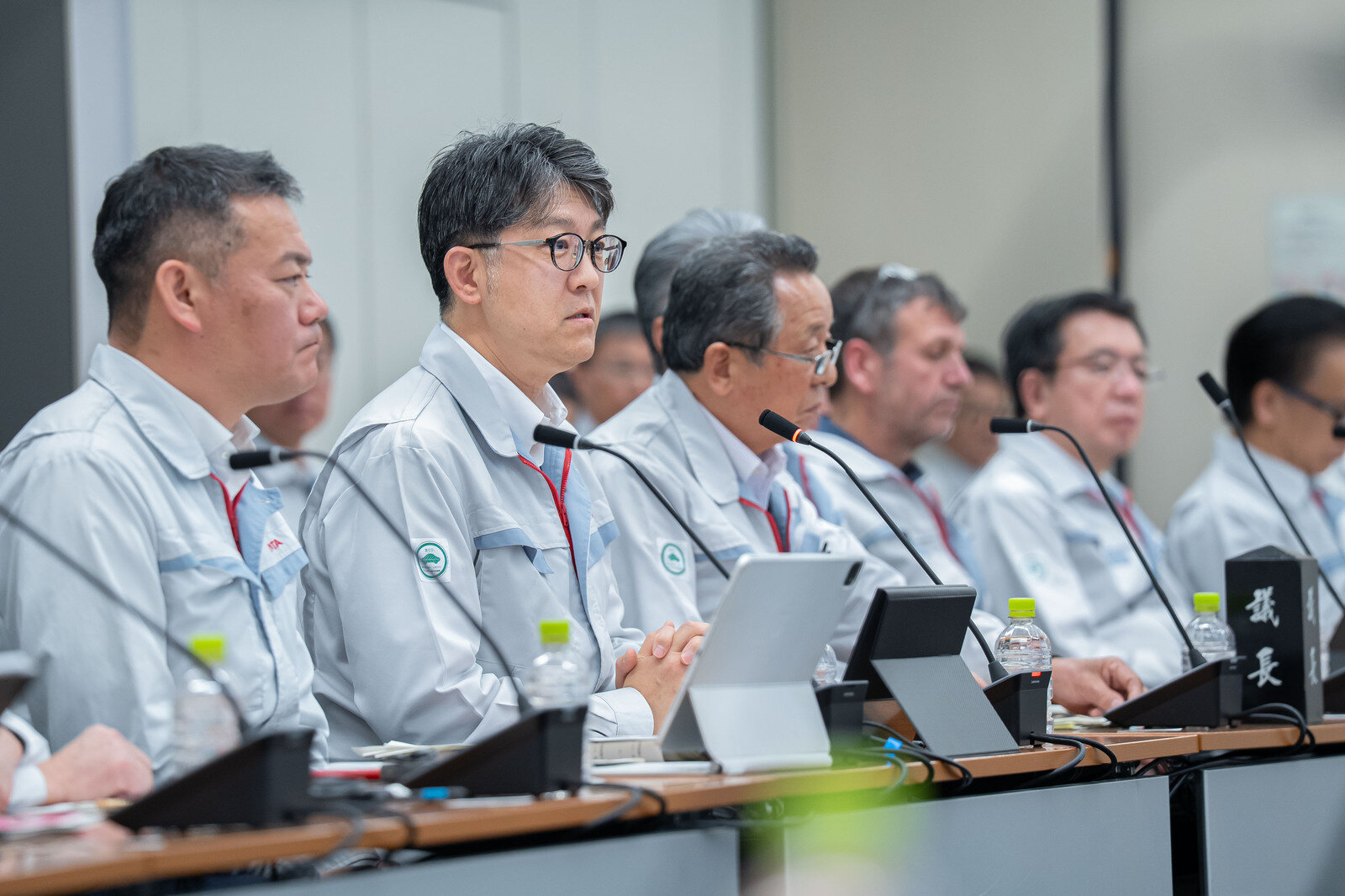
Such talks normally consist of union branch leaders and other representatives coming together to raise matters discussed beforehand at workplaces. Toyota opted for a different approach by organizing these discussions directly within the workplaces, at the group or company level.
What prompted this approach? What kind of discussions do Toyota’s leaders anticipate? Ahead of the second round of talks, we spoke with President Sato and General Administration & Human Resources Group Chief Officer Takanori Azuma.
Why Toyota is holding labor-management talks within individual groups
When President Sato proposed this new format separated into individual groups/companies, he laid out the rationale as follows:
If we want to get everyone engaged, these discussions should move a bit closer to the workplace level.
They could address the issues to be resolved now or steps to be taken for the future that are specific to the needs of individual workplaces, and formulate decisions that lead to at least one or two concrete actions.
When we asked him to elaborate, he did so using the phrase “healthy sense of urgency.”
President Sato
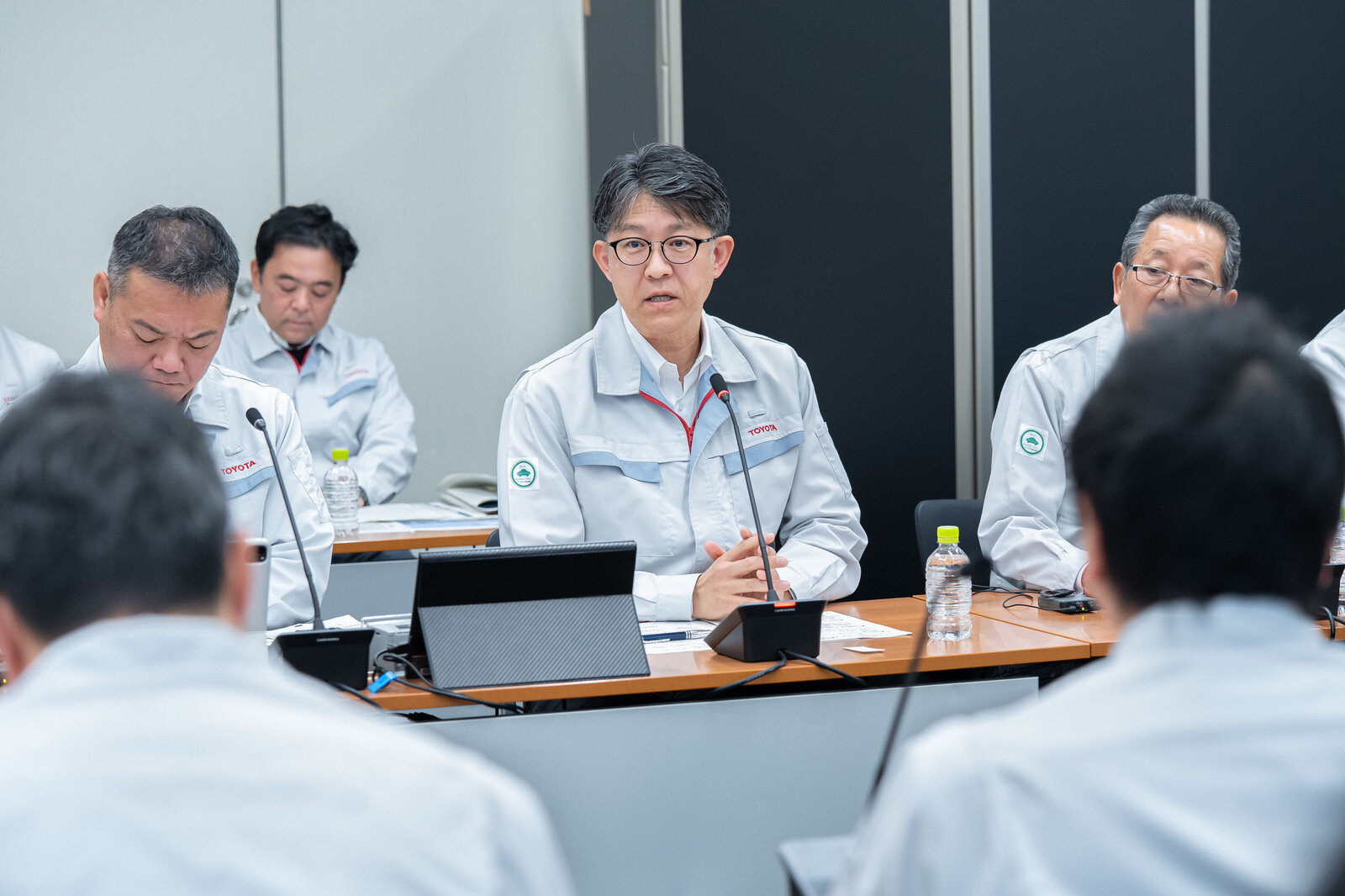
Over the past year, we held more than 100 labor-management talks in various forms, which did a great job of revealing how hard people had been working. This made me eager to focus discussions on the future.
We also identified another issue, which is that the atmosphere of the sessions is not spreading to the workplace. Those who participate in our discussions and roundtables come away very enthusiastic.
However, when I visit actual worksites, that enthusiasm is patchy. Even when people say times are tough, I couldn’t always see a sense of ownership over the situation.
For example, many say that, as things stand, we cannot compete with Chinese carmakers. Even if that was true, what are we going to do about it? If we merely go around saying we can’t win, the company will go under.
No matter how effectively we get both sides on the same page in our labor-management discussions, we haven’t been able to instill a sense of ownership across the company as a whole.
The union leaders also noted that looking at individual members, this mindset is still inconsistent.
This year’s first round of discussions brought to mind the idea of a “healthy sense of urgency.” When results are good, we tend to overlook the risks lurking underfoot.
For that reason, I hope to achieve three things through these labor-management discussions: instill a healthy sense of urgency in all employees, enable everyone to have a sense of ownership, and turn both of these into action.
Given these considerations, and based on advice from the chairman, I decided to stick with the idea of discussions. But rather than merely talking about how hard we have worked, we will discuss what we are going to do moving forward.
For President Sato, the need to act was underscored during a company ekiden relay race held at the Toyota Sports Center on December 8, 2024.
Standing outside the gymnasium, which is currently being remodeled, Chief Officer Azuma mused, “What will we leave behind for those who take our place in 50 years?”
Chief Officer Azuma
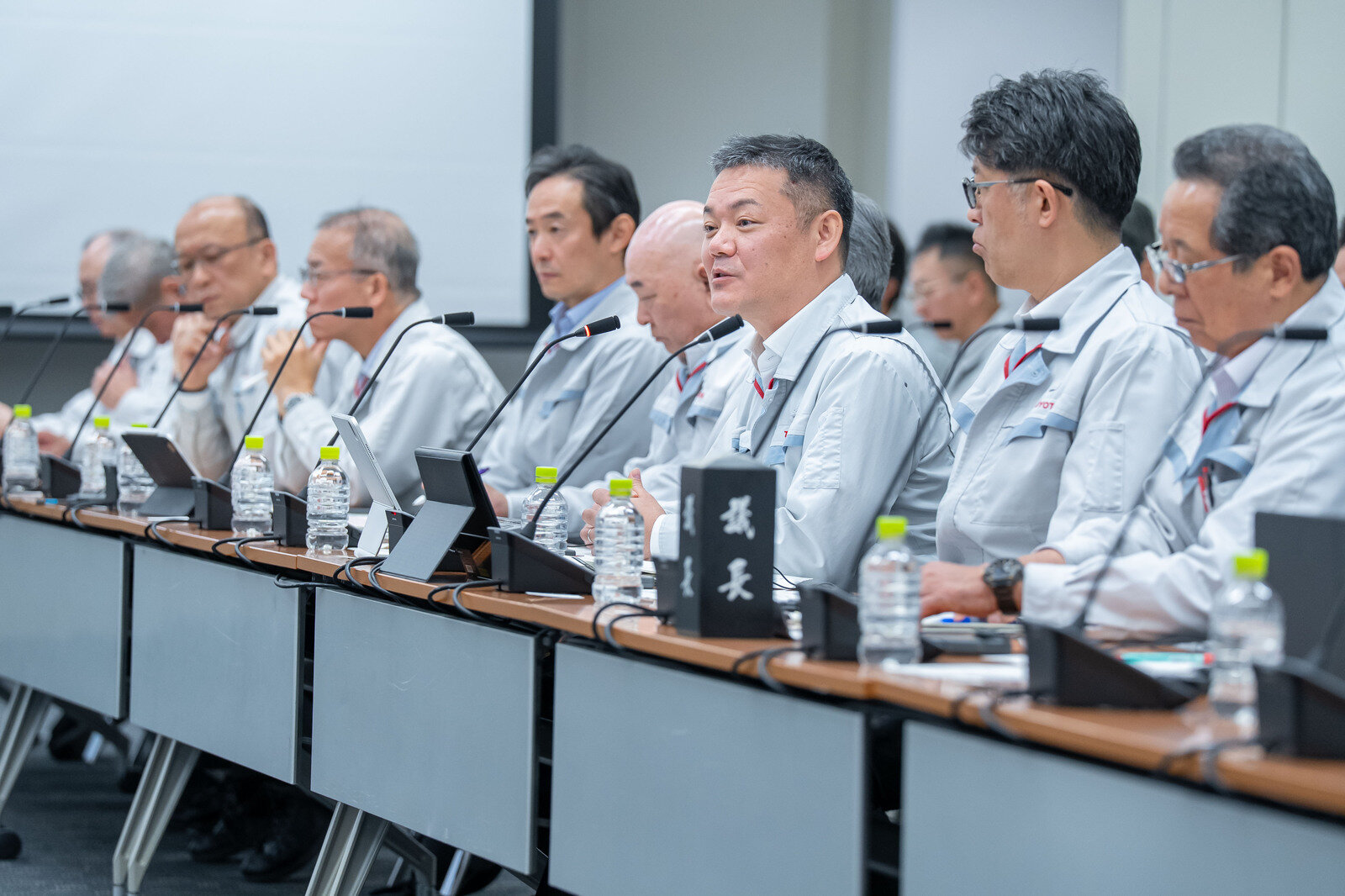
I learned that the sports center’s gymnasium had been built exactly 50 years earlier. The Shoko-ji Temple* (Chino City, Nagano) also marked its 50th anniversary in 2020.
*Envisioned and built by Shotaro Kamiya, then-president of Toyota Motor Sales, as a site to comfort the spirits of traffic accident victims and pray for the recovery of those injured, as well as the eradication of all traffic accidents. At the temple’s Summer Festival held every July, Toyota’s leaders are joined by representatives from the Group and dealerships across Japan to pray for a world with zero traffic accidents.
I was impressed that Toyota made this kind of investment 50 years ago, when the company could not have been as well-off as it is today. We talked about how amazing it would be if the things we created now were still around in 50 years.
I think that was one of the key messages to take into these labor-management discussions.
Over the past two years, we’ve made various investments—for example, hiring an additional 700 people and creating better working environments.
In this fiscal year, we are investing 830 billion yen in human resources and growth areas. At the same time, I’m filled with a great deal of fear—all of this investment is swelling our fixed costs.
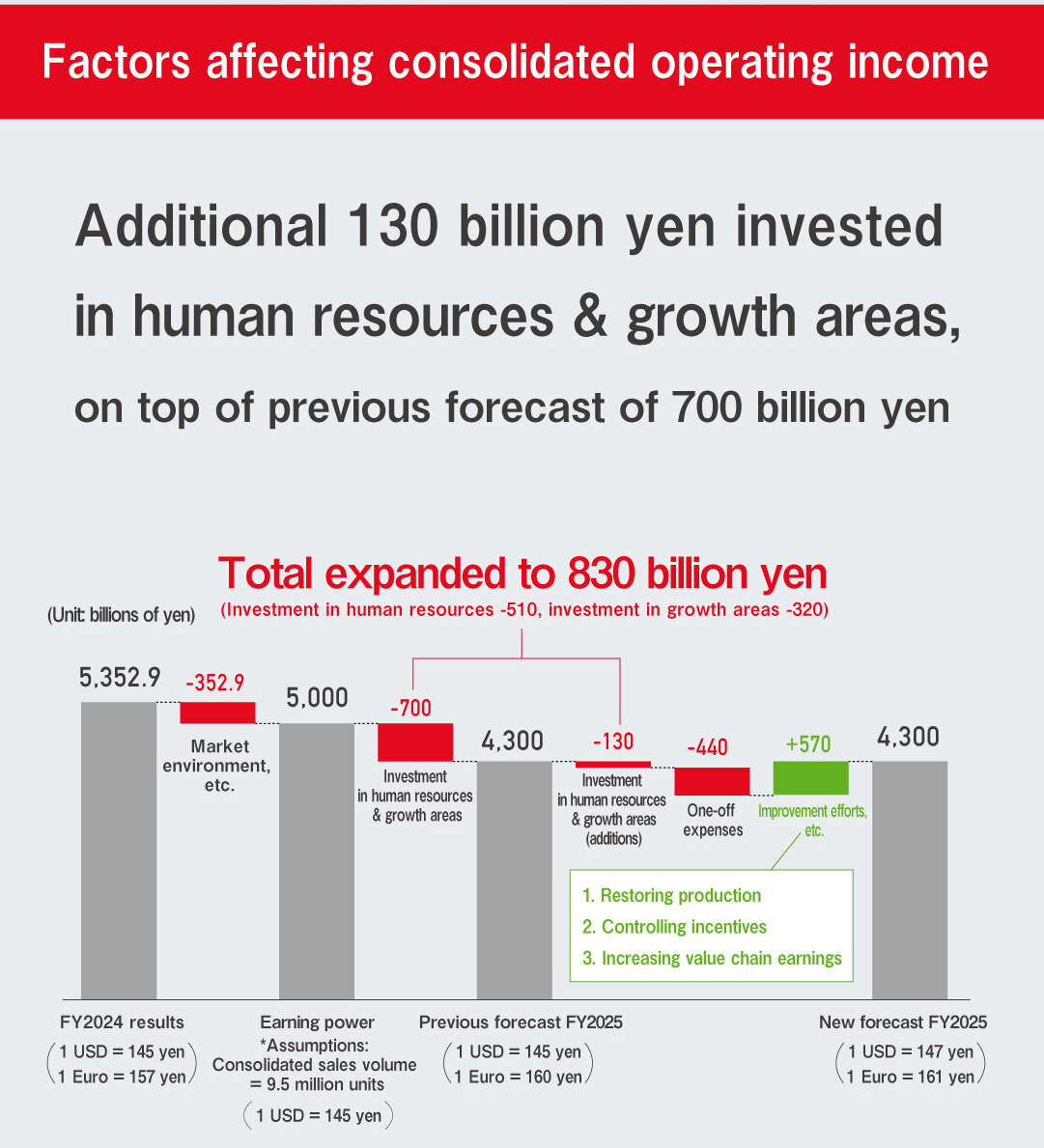
After all, these investments are based on the assumption that everyone working at Toyota is going to boost their performance. Wage increases, in particular, are not just for a single year, but something we will continue to shoulder into the future.
I felt that we all needed to make a statement of action, not only to work hard but also as a commitment to the future.
Fifty years from now, we don’t want to look back and think, “What were we doing back then?”
But even if leaders from both sides make a commitment at the labor-management discussions, nothing will change unless every workplace is committed. This kind of empty commitment scared me.
During the first round of talks, several of the topics raised felt like they would be better discussed within individual workplaces. In the end, Sato decided to do just that for the second round.

